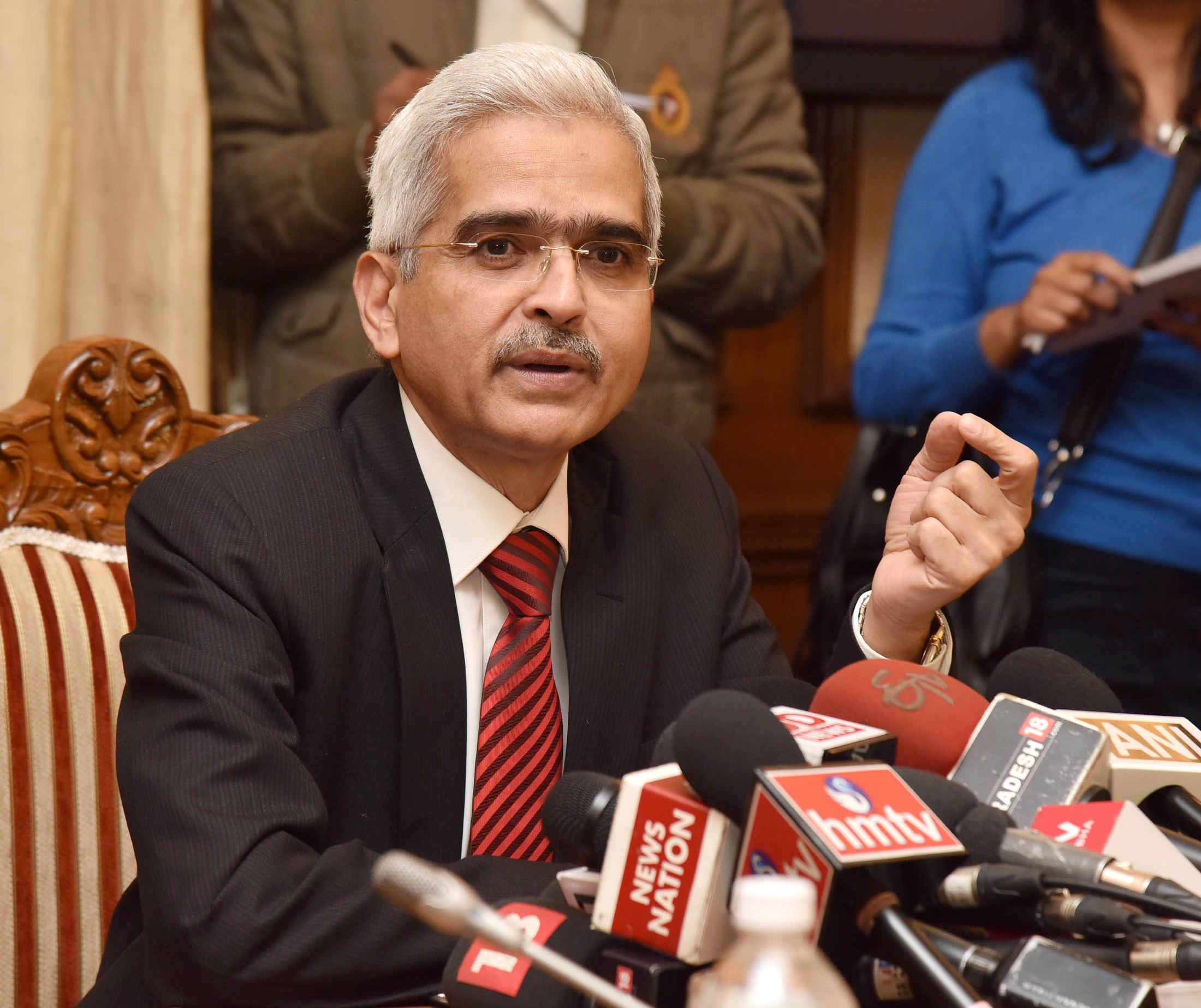
How RBI’s ₹50,000 crore fund, other sops will ease pain of COVID-hit citizens
With its new measures, the RBI seeks to ease funding for healthcare entities and patients, provide liquidity support for small finance banks, help small enterprises restructure loans, and ease KYC compliance norms

As the nation grapples with the second wave of COVID, which has battered healthcare infrastructure and economy alike, the Reserve Bank of India (RBI), on Wednesday, introduced a slew of measures to ease the pain.
RBI Governor Shaktikanta Das on Wednesday said the measures are meant to alleviate any financial constraint for all stakeholders, ranging from those in the healthcare supply chain to individuals, small enterprise and MSMEs (micro, small, and medium enterprises).
“Over a year now, we have struggled to free ourselves from the pandemic’s deadly grip…This time around, we have to marshal our resources and fight it again with renewed vigour, ignited by the determination to overcome, and to return to normalcy and sound health,” said Das.
Also read: As COVID 2.0 batters India, over 70L people lose livelihoods
Here’s a look at some of the key announcements, and how they are expected to help the country overcome the crisis.
Funding for healthcare entities, patients
To ensure liquidity to scale up COVID-related health infrastructure, the central bank has launched an on-tap liquidity window of ₹50,000 crore with tenors of up to three years at a repo rate of 4%. This will be open till the end of this financial year, or March 31, 2022.
The scheme allows banks to offer fresh loans to a wide range of entities. This covers vaccine manufactures, importers/suppliers of vaccines and priority medical devices, hospitals/dispensaries, pathology labs, manufactures and suppliers of oxygen and ventilators, importers of vaccines and COVID related drugs, logistics firms and also patients seeking treatment, said Das.
Banks can deliver these loans to borrowers directly or via RBI-regulated intermediary financial entities. This is meant to enhance access to funds for small borrowers. The banks have to create a COVID loan book under the scheme. They can park their surplus liquidity up to the size of the COVID loan book with the RBI under the reverse repo window at a rate which 40 bps higher than the reverse repo rate. This is designed to incentivise banks to adopt the scheme.
Liquidity support for small finance banks
“Small finance banks (SFBs) have been playing a prominent role by acting as a conduit for last mile supply of credit to individuals and small businesses,” observed Das. To provide further support to small business units, micro and small industries, and other unorganised sector hit hard by COVID, the RBI will conduct special three-year long-term repo operations (SLTRO) of ₹10,000 crore at repo rate for the SFBs. The SFBs, in turn, can use these for giving loans of up to ₹10 lakh per borrower. This facility will be available till October 31, 2021.
Related news: RBI offers respite to small borrowers; banks told not to force KYC updation
Loan restructuring
Further, individuals, small businesses and MSME borrowers with aggregate exposure of up to ₹25 crore, who are classified as ‘Standard’, and have not availed loan restructuring under any of the earlier schemes, are eligible for a new loan restructuring scheme. Restructuring under the proposed framework, Resolution Framework 2.0, may be invoked up to September 30, 2021.
For those who availed loan restructuring under Resolution Framework 1.0, where the resolution plan permitted moratorium of less than two years, lending institutions will be permitted to use this window to modify such plans to extend the moratorium period.
Credit to MSME entrepreneurs
In February 2021, the RBI had allowed banks to deduct credit disbursed to new MSME borrowers from their net demand and time liabilities (NDTL) for calculation of the cash reserve ratio (CRR). Now, in a bid to further incentivise inclusion of unbanked MSMEs into the formal banking system, the RBI has said the exemption currently available for exposures up to ₹25 lakh and for credit disbursed up to the fortnight ending October 1, 2021 is being extended till December 31, 2021.
Rationalisation of KYC compliance
The RBI is rationalising some components of the current Know Your Customer (KYC) norms. The scope of video KYC — known as V-CIP (video-based customer identification process) — for new categories of customers has been extended. Also, limited KYC accounts opened on the basis of Aadhaar e-KYC authentication in non-face-to-face mode can now be converted to fully KYC-compliant accounts.
The RBI has also enabled the use of KYC Identifier of Centralised KYC Registry (CKYCR) for V-CIP and submission of electronic documents (including identity documents issued through DigiLocker) as identify proof. Further, more customer-friendly options have been introduced, including the use of digital channels for updation of KYC details.
In cases where periodic KYC updating is due/pending, no punitive restriction on operations of customer accounts will be imposed till December 31, 2021, unless warranted for some other legal reason.
Relaxation of overdraft facility for states
To help state governments better manage their fiscal situation, particularly in terms of cash-flows and market borrowings, the RBI has permitted certain relaxations with regard to overdraft (OD) facilities. The maximum number of days of OD in a quarter is being increased from 36 to 50 days and the number of consecutive days of OD from 14 to 21 days. This facility will be available up to September 30, 2021.


